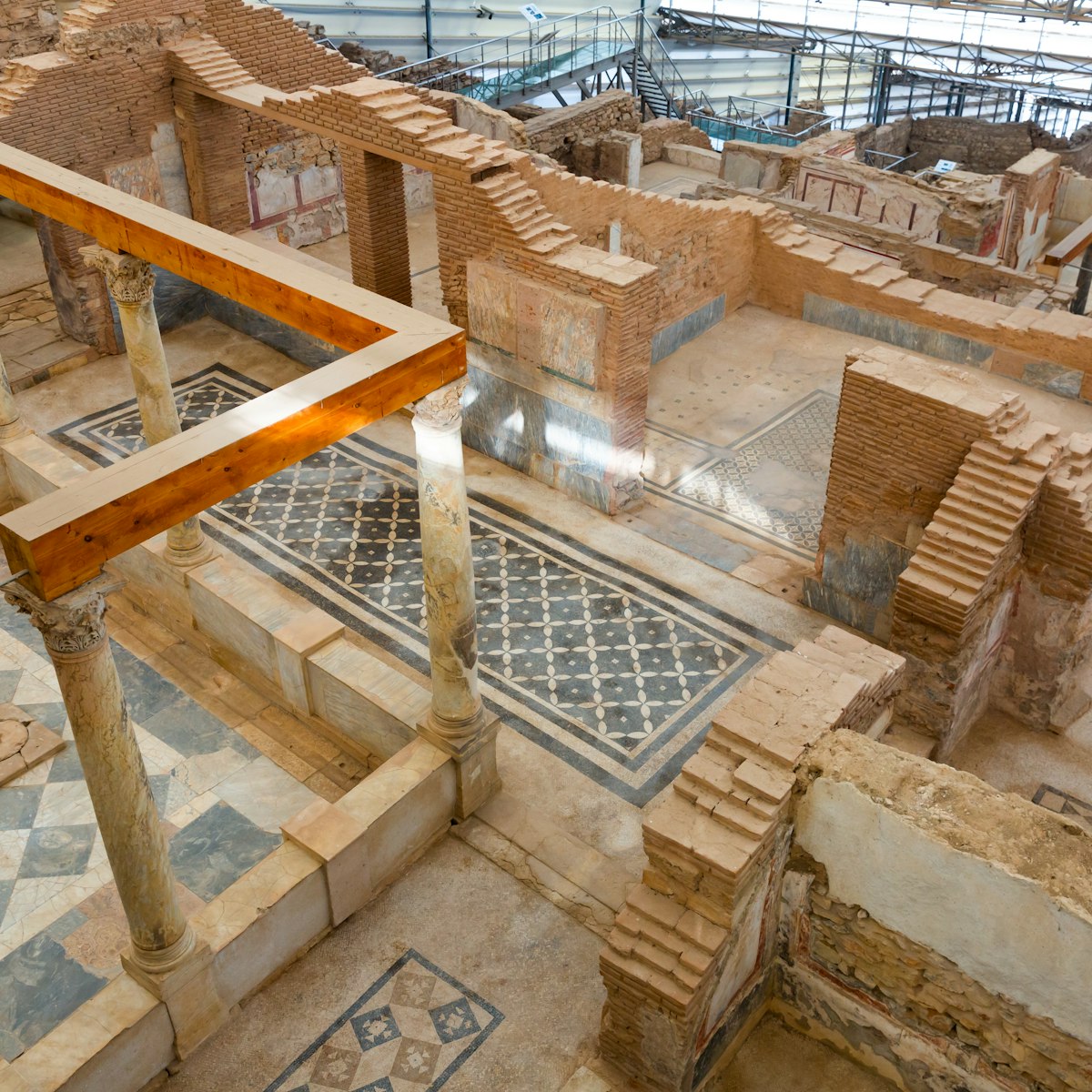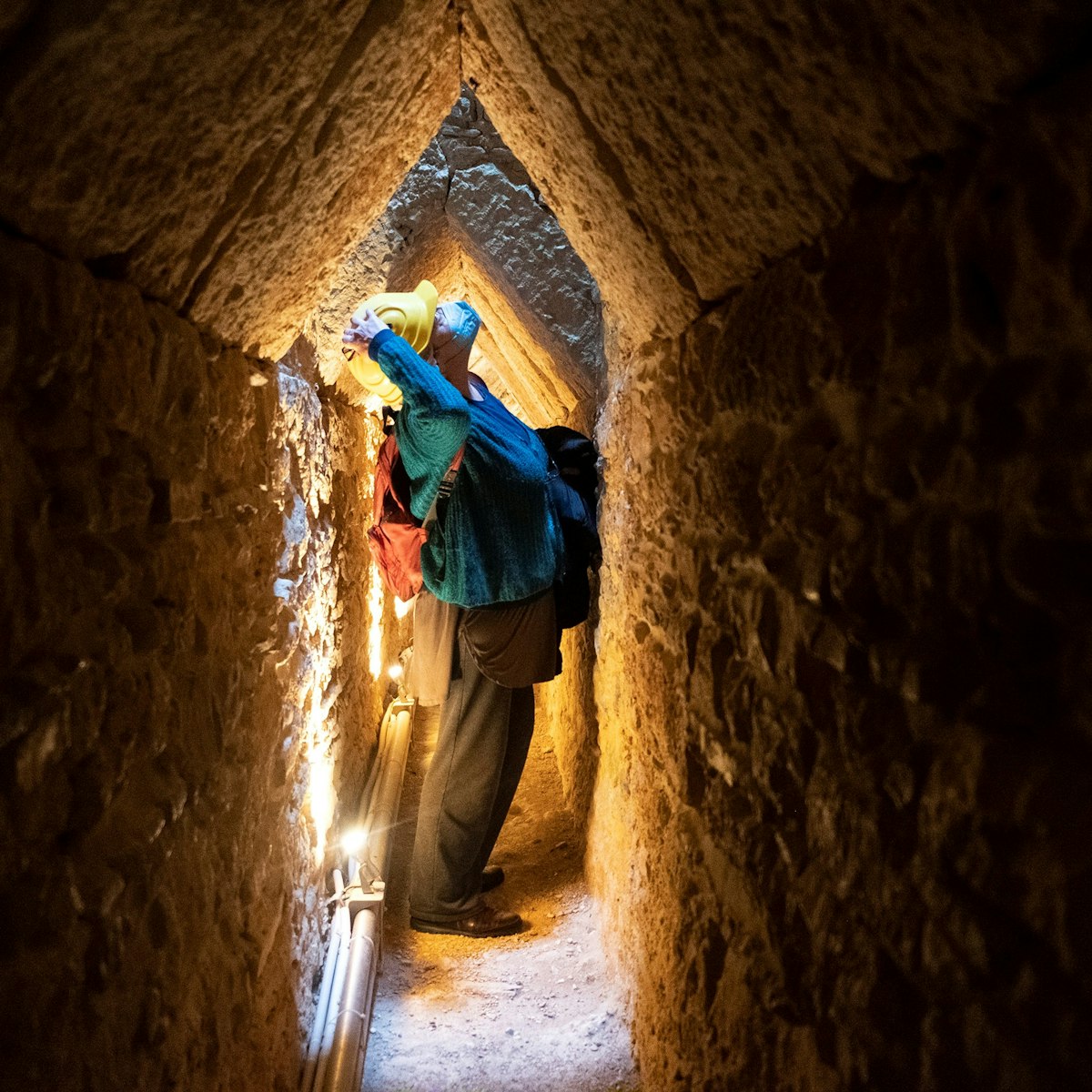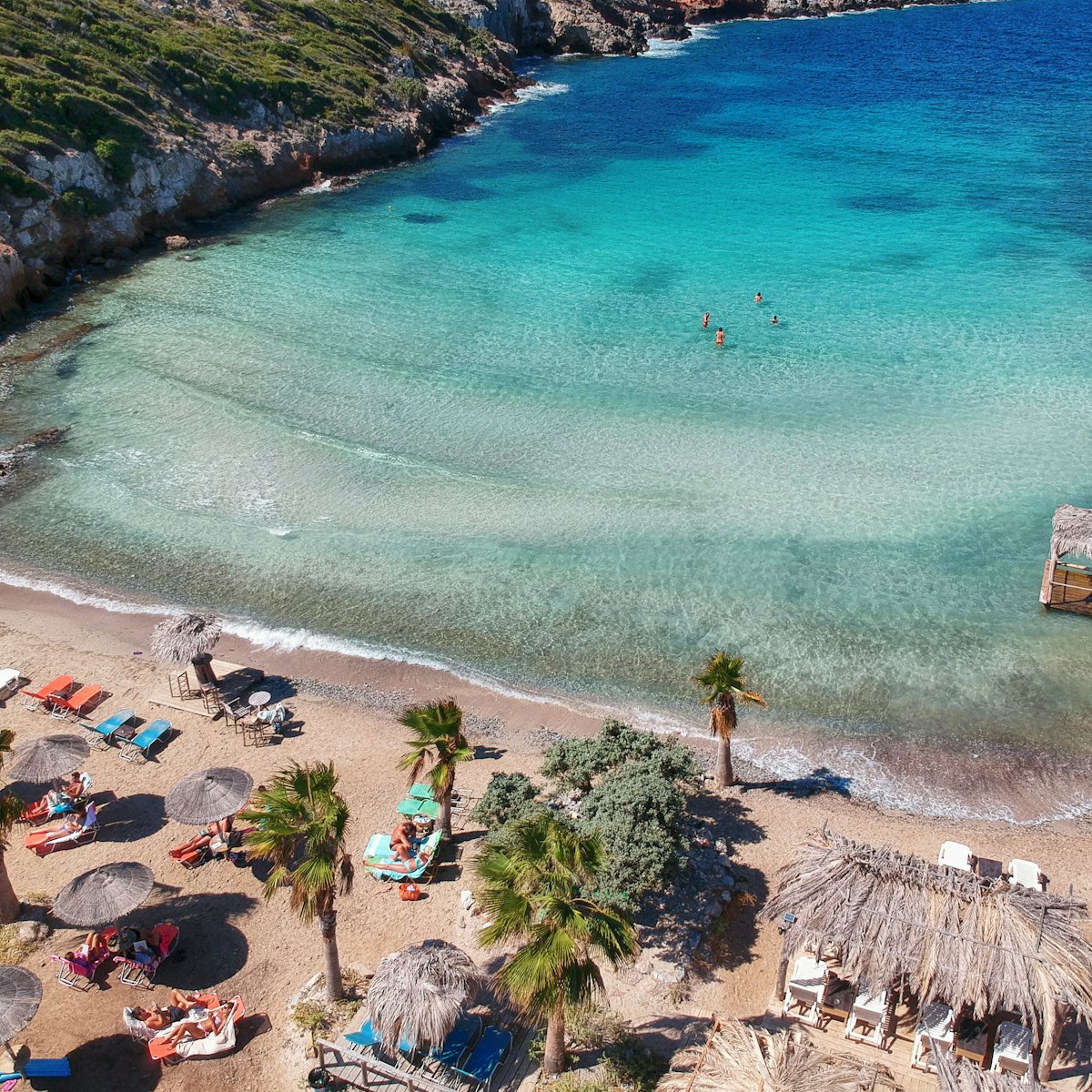Selçuk’s crowning achievement is accessed on the same ticket as the Basilica of St John, once the citadel's principal structure. Earlier and extensive excavations here, concluded in 1998 after a quarter century, proved that there were castles on Ayasuluk Hill going back beyond the original Ephesian settlement to the Neolithic age. The fortress' partially restored remains, about 350m north of the church, date from Byzantine, Seljuk and Ottoman times and are an essential visit.
Enter via the so-called Gate of Persecution and walk uphill beyond the church to the fortress. Well-signposted ruins through the West Gate include a hamam, several cisterns and the reconstructed Castle Mosque, with a discernible mihrab (prayer niche facing toward Mecca) and walls of alternating layers of brick and stone. Since 2010, more than 100m of the western walls and towers have been restored using original materials.
One section of the fortress, the partially restored Castle Palace (or Inner Fortress) made headlines when excavated in 2009 as it had last been mentioned by British traveller John Covell in 1670. Built for a ruling Ottoman family, the structure was probably created by the same architects as the nearby İsa Bey Camii.
Recent excavations of the palace have also uncovered the remains of three houses south of the mosque, an area comprised of 15 bedrooms now dubbed the Southern Terrace Houses. There is written record that the great Ottoman traveller Evliya Çelebi stayed here in the late 17th century.





